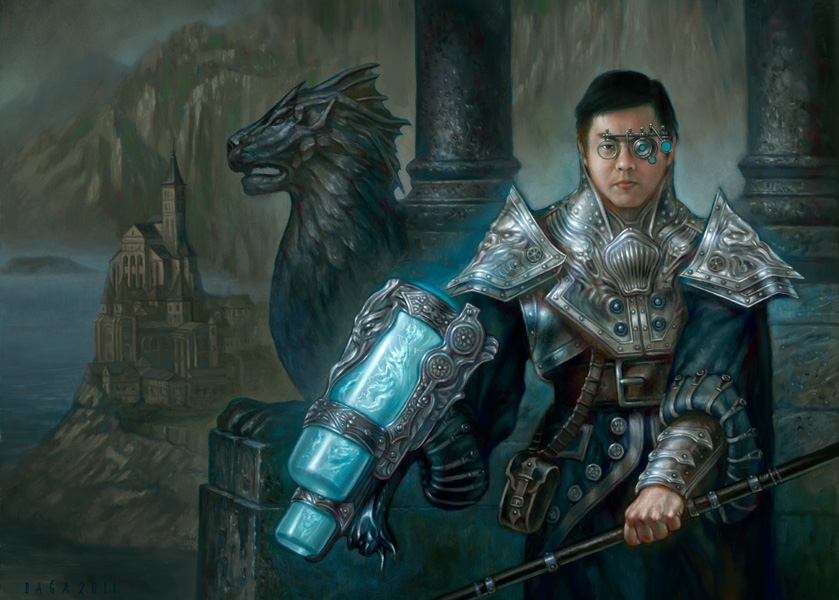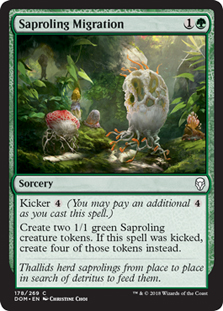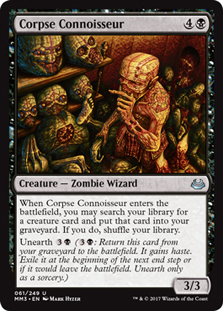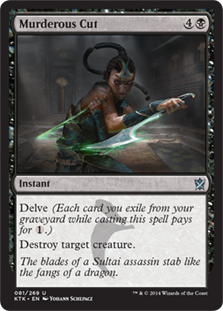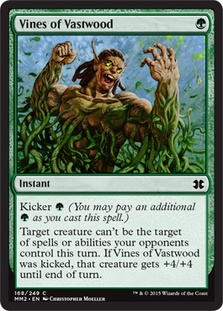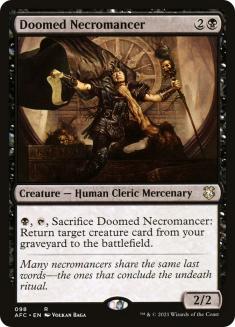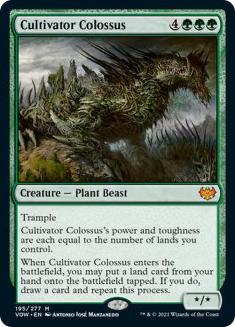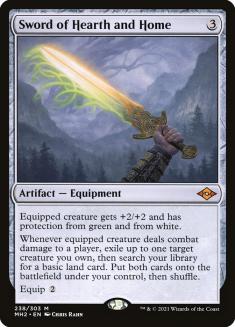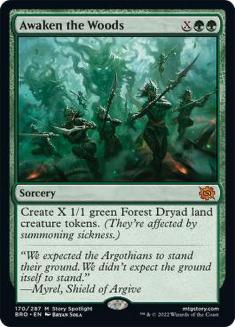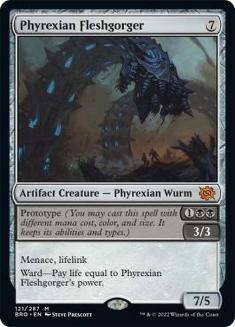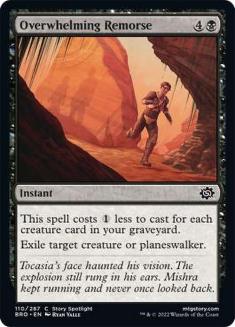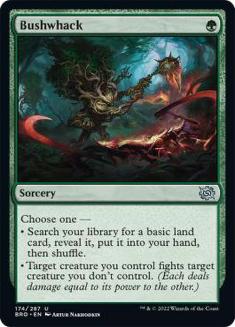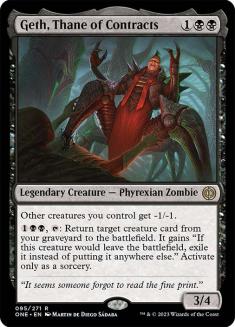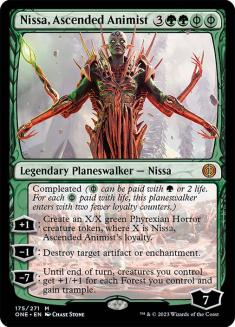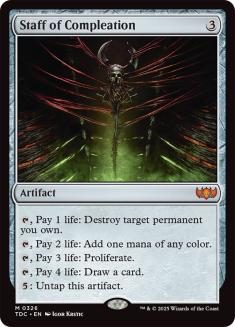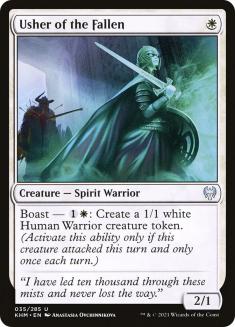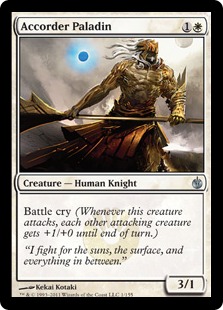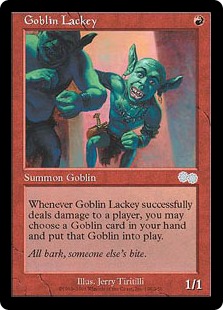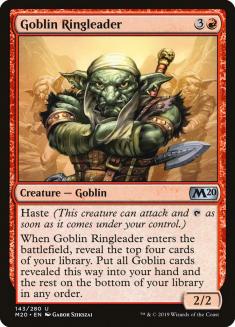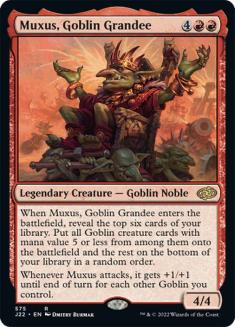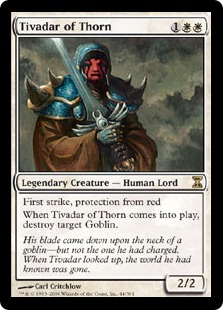Howdy, gamers! It appears that we’re out of preview season (for now), but luckily for us Cube fans, there is a Cube going live on Magic Online (MTGO) this week. Carmen Handy’s Magic 30 Cube looked to be a hit when we first saw it back in October, and it’s returning to us for a one-week run with some minor updates.
I wasn’t sure what the update would look like, and usually there’s a lot for me to write on when a digital Cube’s card list changes, but this update is rather short. That makes a lot of sense, given the nature of Magic 30 Cube being an homage to the history of Magic. There’s only so much you can change, and the design parameters are rather rigid, which means that major updates involve more moving parts than your average Cube. As such, I’ll refer you to my initial write-up for insights on drafting the Cube, and after touching briefly on the change log, I will reflect on some of my experience from the Cube’s last run for some higher-confidence claims.
Updates
The updates to the Cube seem to mostly serve the purpose of representing every set in the card list. Seeing as the Cube had what looked like a successful run, there was no need to reinvent the wheel here. One week also gives us less time to “solve” the Cube than the longer runs we see for Vintage Cube, so the format can stay fresher without significant changes. I’ve made these updates on the Cube Cobra page I made for the Cube, and the changes are as follows:
Out:
In:
Reanimator
A couple of these slots directly impact the Reanimator archetype, which I found less impressive than just midrange decks just casting their spells on-curve in this environment. Geth, Thane of Contracts has some give and take as compared to Doomed Necromancer. Its body is much better against red decks and allows for multiple uses, though I don’t see this as enough to draw me into Reanimator, given the relative weakness of black as a color in this environment. Phyrexian Fleshgorger is notably a very powerful card to cast for seven mana or even cheat onto the battlefield, and a solid one to cast for three, but this doesn’t move the needle for me on the color.
Green
The most significant upgrades here are to green. Awaken the Woods and Nissa, Ascended Animist break a midrange mirror wide open, which is a lot of the Magic that you’ll be playing in Magic 30 Cube. Awaken the Woods is rather inefficient in the early-game, with most of its power coming from being playable on three mana and then scaling from there, whereas Nissa is just a powerful card, and as such is first-pickable, compared to Awaken the Woods being more of a middle-of-the-pack pickup.
The Rest
The rest of the ins and outs are largely forgettable, though it’s worth noting that one of the more first-pickable cards in Sword of Hearth and Home is on the outs. Protection leads to some pretty awful gameplay, so I agree with the cut, though I don’t see Staff of Compleation as particularly playable.
Now for some general notes from my experience playing the Cube to expand on my thoughts from my previous article.
Respect Aggro
Aggressive decks in Magic 30 Cube fall in the camp of “firmly fine” for me. I didn’t play any games during the last run where I thought, “Wow, my deck could never beat that curve!”, but I did find myself in the position where I drafted decks that didn’t have good plans for opponents curving out with decently sized creatures. A lot of the matchups in the Cube will be closer to a midrange arms race, but you have to be mindful that sometimes your opponent is going to cast Usher of the Fallen into Accorder Paladin.
In the same way that I never lost to an aggressive deck that blew me away, I was unsuccessful in drafting any incredible aggressive decks myself. My approach to this Cube is to have access to blockers and some efficient removal, while mostly focusing on how to outclass midrange and controlling opponents.
Don’t Respect Goblins
I tried to force Goblins a couple of times in the previous run because it’s theoretically one of the more fun things available in the Cube, but even when it seemed like I had some of the best bones for the deck, I was really reaching for a 2-1. It’s just really difficult to make creature types matter in a Cube this large with so many other themes and restrictions featured. If you try to draft Goblins, you run into the issue where your best cards really care about you getting a high volume of them, and some packs just won’t have anything for you.
This is coming from somebody who loves Muxus, Goblin Grandee. There are a lot of best-case scenarios for Goblins in this Cube that really excite me, but the odds of them working out are just too low for this to be a realistic avenue to victory. I can also say from experience that there’s nothing worse than having a medium draw from a medium Goblins deck and running into Tivadar of Thorn… Goblins did nothing to deserve this kind of hate!
Two- or Three-Color Midrange Is the Way
The bulk of successful decks I drafted and saw from Magic 30 Cube kept things simple. The mana-fixing in the Cube is solid but not excessive, so keeping things to two or three colors while trying to cast the most powerful spells in the average game on curve is the most consistent recipe for success. Green’s ramp spells and blue’s card advantage are both significant draws in this kind of environment, and I like reaching for one or both of those colors while exploring any of the others for additional haymakers and removal.
With this being the case, I am often a fan of the eighteenth land in Magic 30 Cube. The more important your spells that cost four and more mana are in the average game, the less you can afford to miss a land drop. The more wary of aggressive decks I am in an environment, the higher I am on the eighteenth land, and I play it often enough here that it seems worth mentioning.
Magic 30 Cube is a really ambitious project, trying to harness nostalgia from every era of Magic while also delivering a quality play experience. My only gripe is that Goblins as an archetype uses a lot of slots that overpromise and underdeliver, but I know I’m not the only player who was exciting to try drafting them, and there’s room for things to be fun without necessarily being powerful. It’s not my ideal Cube experience, but Cubes all have their own goals, and any Cube intended for a wide audience is unlikely to hit perfectly on any individual level. On balance, the Cube is fun and the design is great. I’m looking forward to getting some drafts in this week.

